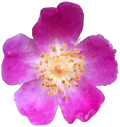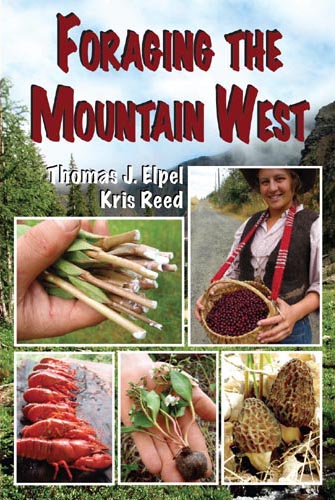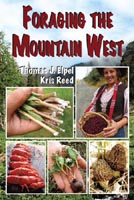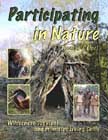| Thomas J. Elpel's Web World Portal  Wildflowers & Weeds 
|  Wildflowers-and-Weeds.com Plant Identification, Edible Plants, Weed Ecology, Mushrooms, and more. Home | Plant Identification | Plant Families Gallery | Edible Plants | Mushrooms | Links Desertification & Weed Ecology | Weed Profiles | E-Mail | Search this Site |

Salicaceae It would be hard to miss the Willow family. You can usually find either willows, aspens, cottonwoods or poplars along any stream, lake or mountain meadow. Botanically, the Willow family consists of bushes and trees with simple, alternate leaves. The flowers are unisexual with male and female flowers appearing in catkins on separate plants (dioecious). The sepals are greatly reduced or absent, and there are no petals. Male flowers have 2 or more stamens. In the pistillate (female) flower, the ovary is positioned superior and consists of 2 to 4 united carpels (syncarpous) forming a single chamber. It matures as a capsule, usually with silky "cotton" to help transport the seeds by air. Worldwide, there are 2 to 3 genera and 350 to 500 species. Key Words: Trees/bushes with alternate leaves in moist soil. Catkins form many small capsules. Please e-mail Thomas J. Elpel to report mistakes or to inquire about purchasing high resolution photos of these plants.
There are more
Return to the Plant Families Index |
|
Looking for life-changing resources? Check out these books by Thomas J. Elpel:
|
|
|














